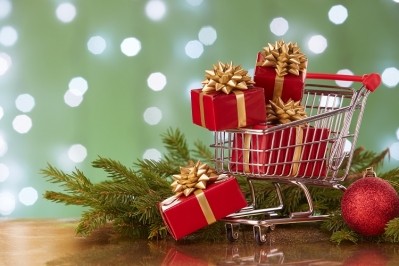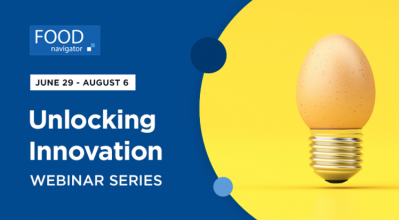Experiential marketing is vital for food - so why isn't it viewed as effective?

As such, experiential campaigns have always been a big part of food brands' marketing: think roadshows, pop-ups in targeted locations, interactive sideshows that offer the chance for the brand to be consumed, as it were, in an unusual setting. It gives food a voice outside the supermarket aisle or online basket.
But in recent years, experiential marketing has been pulled up for being ineffective. And given the current pandemic situation, under which the mere notion of taking a free sample from someone on the street fills some customers with dread, the experiential practice has become an easy target.
Why?
Because brands measure experiential wrongly.
The focus has for too long been on reach, rather than engagement. When brands don’t see return on investment, they can easily cut it - especially nowadays, where every penny counts.
In 2019, Swedish food and drink brand Oatly dominated the London Coffee Festival, activating one of its no-nonsense campaigns on the weekend of the event. A concentrated spend of £250,000 on a targeted out-of-home drive ensured that Oatly was the talking point of the - relatively specialist - festival.
On paper, its activations across Brick Lane, Old Street and Shoreditch High Street perhaps don’t look like they’d have the same pulling power as, say, Euston Station. But a smaller, more concentrated spend, tactically activated at the right place and time - come on, who’s going to ignore Oatly’s message of ‘ditch milk’ during an event devoted to coffee? - can build much more meaningful interactions and reactions.
Experiential is more than just a few numbers on a spreadsheet; more than something to puff out your case studies. There’s nothing wrong with reach, of course - when we worked with Green & Black’s to launch its Velvet Fruits chocolate range, we reached 125,000 people via social media and ended up delivering 150,000 samples.
But the activity - which allowed shoppers and commuters to take a break from the hustle and bustle, nestle into a comfy sofa and indulge in a lavish, velvet-seated tasting experience - increased purchase motivation by 200%, as opposed to standard sampling.
Can we link that directly to purchase? No. And that’s fine - food brands should be engaging. Personable. Especially now - the brands that succeed during this pandemic period will be the ones that create those memorable, almost tangible experiences for customers in a time where touch isn’t really an option.
Digital footprints are essential
Social media in particular can be seen as a sure-fire way to measure the unmeasurable. When we worked on a campaign to promote Golden Oreos, which involved sending commuters down a rainbow slide, we saw the reach ourselves: over one million social media posts. This was down to a robust sharing strategy that ensured the activity didn’t just live and die when it took place - the campaign was highly shareable, with a clear value exchange for customers to share on social: bags of fun and, of course, Golden Oreos to munch on.
To get this to work, get in people’s heads.
With neuroscience. It’s all well and good saying, ‘Of course a rainbow-coloured slide will be an effective way to deliver Oreo’s marketing message and resonate with customers’, but gut feeling isn’t enough. To truly understand what people want - and crucially, what they want during a pandemic - neuroscience should be your calling card.
While in-person testing with EEG headsets isn’t achievable right now due to social distancing measures, implicit testing online can help food brands associate certain emotions with visuals, descriptions and so on. For example, that Green & Blacks activation might poll as ‘unsafe’ during the current climate. But describe that campaign to people again, as a door drop initiative that sends chocolate in a luxury box, replete with velvet ribbons and suggestions for a smooth beverage to complement it? It’s a completely different beast - it’s safe and intimate, engaging people while taking the current climate into consideration, and still socially shareable.
Measurability is vital for food marketing, but brands have to understand what exactly they need to measure. Because there is nuance, light and shade; there is more to successful measurement than sheer volume.
And if this pandemic has taught us anything, it’s that numbers aren’t the most important thing. People are.
Liz Richardson, is MD and partner at transformative communications agency HeyHuman and a member of the FoodNavigator Editorial Advisory Board


















